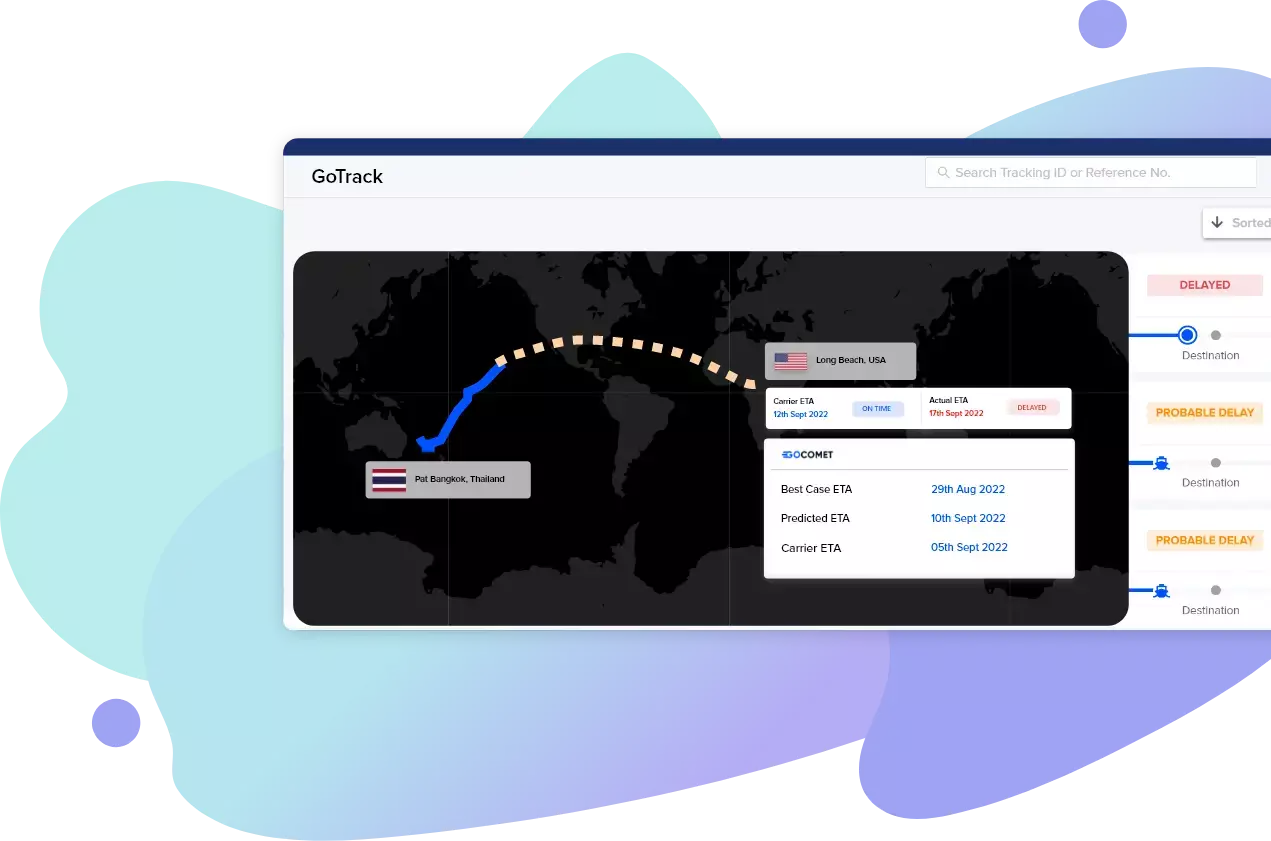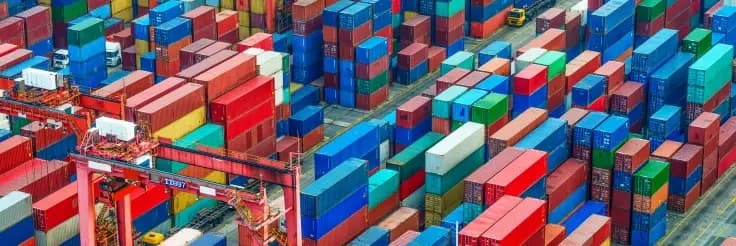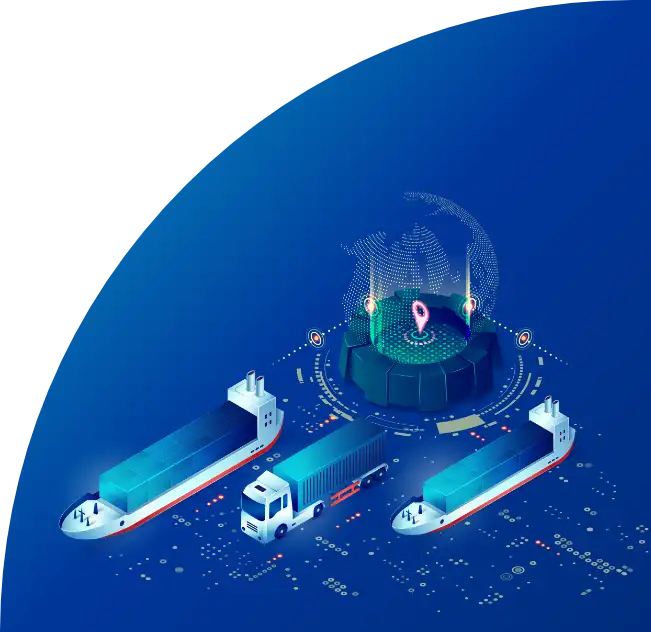Current Port Congestion in Guinea
Learn about current congestion levels affecting Guinean ports such as Conakry, where mining exports, vessel clustering, and limited port infrastructure contribute to shipping delays. Use GoComet’s port congestion tool to track real-time vessel flow and port activity, helping you manage your cargo operations more effectively through Guinea’s key maritime hubs.
Need access to our entire database?
Ports List
















































































Port Delay by Country
About Guinea Ports and Congestion
Need weekly report on port congestion for your desired ports?
Feature Insights
Sailing Schedule
63%
shipments do not arrive on-time at Guinea region
Carrier Spotlight
MSC
has the highest shipments arriving on-time for Guinea region
GoComet launched revolution!
Stay up to date with live weekly
congestion status of your ports


Navigating port congestion to mitigate 51% of the delivery delays: Case study
In today's globalized world, efficient supply chain management is crucial for businesses to thrive. However, disruptions such as port congestion can significantly impact delivery schedules, leading to frustrated customers and compromised production c...
# blog

Region-Specific Port Congestion Analysis – Quarterly Report
Global port congestion in Q1 2023 has improved significantly from its peak in Q4 2021, but it is still far from normal. The main factors that have contributed to the improvement are the easing of COVID-19 restrictions, the return of some ships to ser...
# blog







Frequently asked questions
How can I track port congestion in Guinea using GoComet?
Use GoComet’s platform to view congestion status, vessel queues, and real-time updates from ports like Conakry and Kamsar.What type of data does the tool provide for Guinea’s ports?
The tool offers information on berth usage, vessel arrivals, congestion indexes, and dwell time insights.Can I monitor specific vessel activity at Guinea ports?
Yes, you can filter by vessel type, port terminal, or carrier to get focused congestion reports.Is GoComet’s congestion data helpful for export planning?
Absolutely. Exporters use it to align dispatch schedules with port traffic conditions and avoid disruptions.Does the tool show historic congestion patterns at Guinea ports?
Yes, historical data is available for evaluating seasonal trends and planning ahead.
